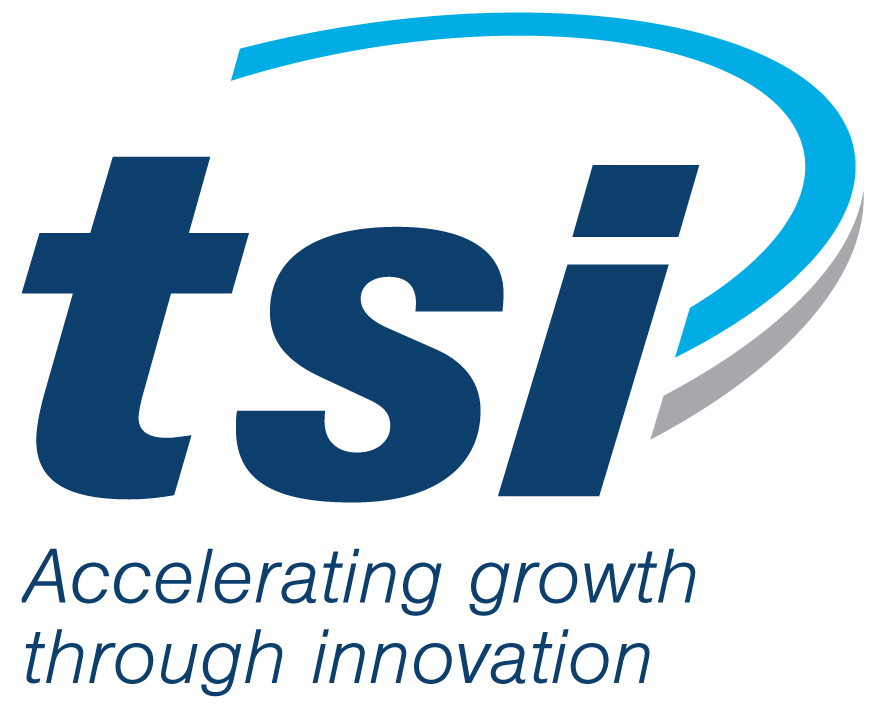03 Mar 2011 The Benefits Of Industry Collaboration With Academia for Product Development
News & Events
Events
Would your business benefit by bringing new products to the marketplace faster? Are you interested in commercializing new innovations and retaining a competitive advantage? Are you one of several Canadian corporations who do not currently conduct research to support these activities? By collaborating with a post-secondary academic institution, you can do all this and more by utilizing the skills of Ontario’s best and brightest post-secondary or post-graduate students.
Ontario’s colleges and universities actively participate in collaborative projects within multiple industry sectors, and provide a large pool of research talent and facilities. To assist small-to-medium sized businesses, several government grant funding programs exist which promote this collaborative relationship between the company and the college or university. These programs are in place to encourage strong relationships between academia and industry to accelerate innovation and improve productivity and competitiveness in Ontario-based companies. Some available programs include:
- Internships in specific areas of study or high-value sectors
- Developing and commercializing intellectual property (IP)
- Early stage pre-commercialization development
- Late-stage development of clean technology projects
- Solving technical challenges that have a commercial impact
How should you choose the right post-secondary institution to help you? There are a few basic guidelines to help you navigate to either the college or university stream, and from there, to organizations which can help identify the specific institution best equipped to provide assistance with your project and within your company’s timelines.
In general, universities are better-suited to long-term projects of about 2 – 3 years, in which pure research is a large component. Colleges are better-suited to short-term projects of about 6 – 12 months, in which applied research is a large component. Although in both instances research will be applied to solve challenges within the company project, the approach and methodology can be quite different. Activities supported through this collaborative effort may include:
- Product and process applied research
- Engineering design
- Technology development
- Product testing
- Proof of concept
- Piloting and demonstration
- Problem solving
In some cases, and depending on the nature of the project, colleges or universities may reach out to one another during the project to acquire skill sets which may not be available within their own environments. As an example, in a project to develop a bacteria-killing product for food surfaces, the college may provide the kitchen space and some applied research, whereas the university would provide a bio-scientist who would measure the level of bacteria after the product is applied.
Post-secondary collaborative programs are designed to provide mutual benefit to the company and college/university. Companies gain access to research resources, and can accelerate timelines to get new product to market and complete the project through the resource cost sharing afforded by the program funding. Colleges/universities have an opportunity to integrate research into the student learning process, provide students with exposure to business operations & industry project timelines, and enable access to high-value full-time jobs in a variety of industry sectors. They also gain access to funding which assists the researcher to further their field of study while contributing to a required or desired industry solution and which maximizes the industry partners’ investment.
If you would like more information on how TSI can assist you in choosing the right academic collaborative program, please contact Tracey Wills at 905-738-6770.



No Comments